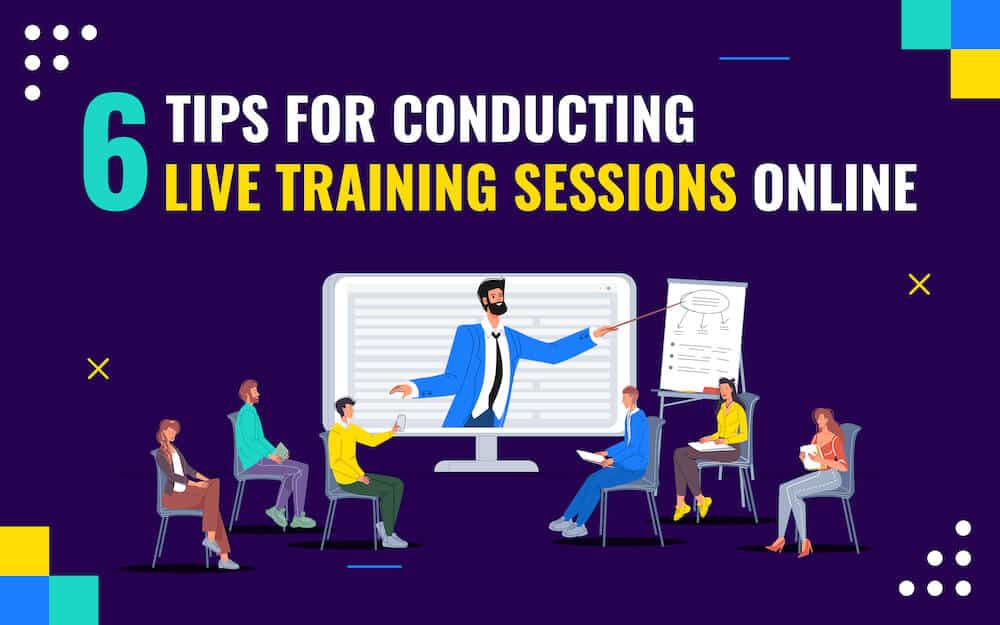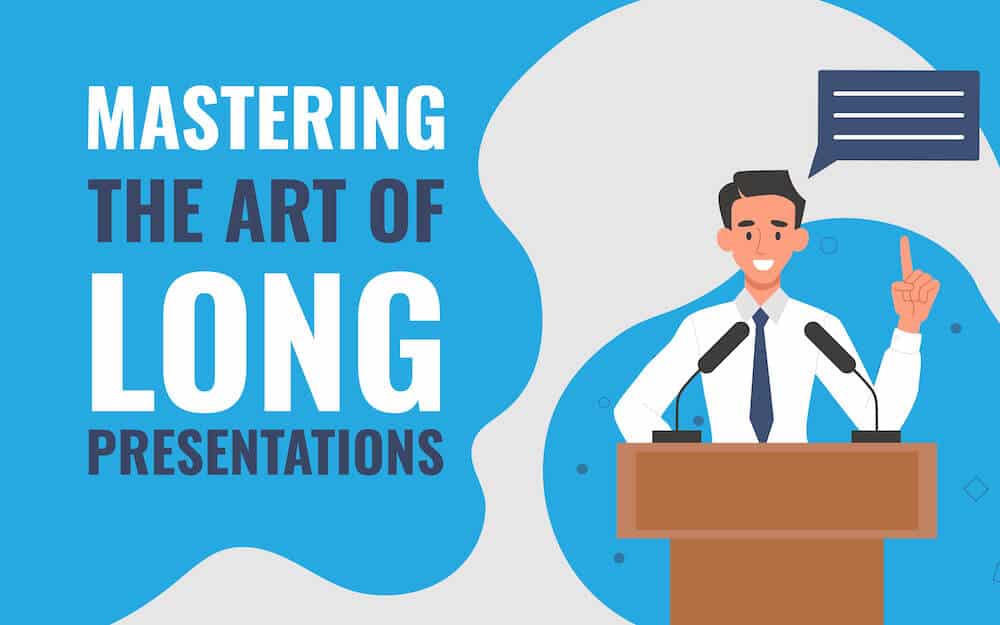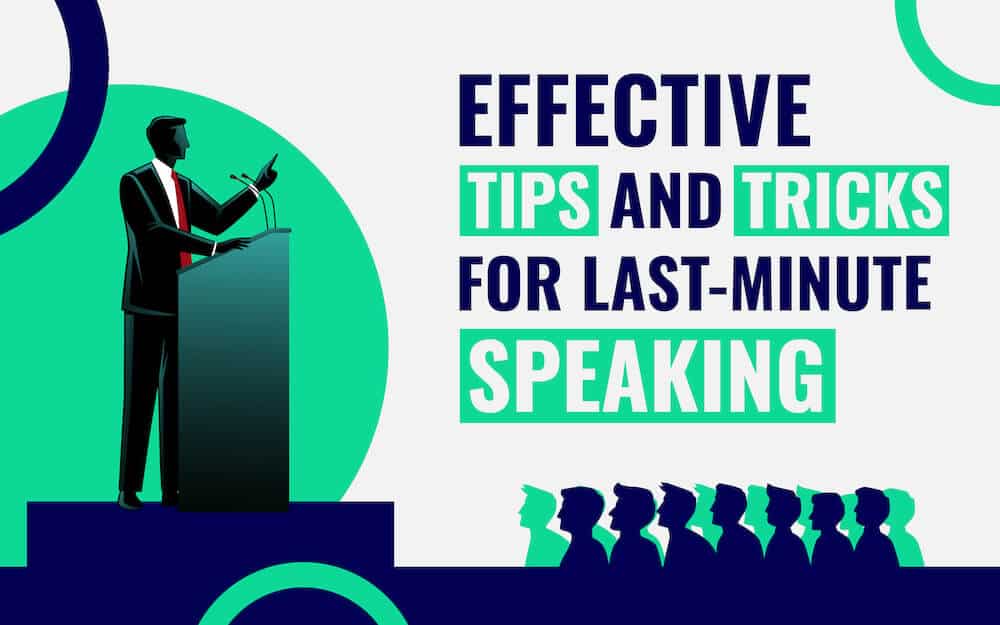
You may not have realized it, but when you agree to speak at a conference or other industry event, you have essentially signed a contract with your audience. That contract says, in exchange for giving you their full attention, you will share your knowledge and passion about your topic and you will share it within a specified amount of time.
It is your responsibility to uphold this unspoken contract. Those speakers who can manage their time effectively will be successful and asked back to speak at that conference or event year after year. Those who can’t will be shown the door.
Here are some tips to help you manage your time more effectively during your next speech:
Determine How Much Time You Will Need for Speaking
You may be given a total of 30 minutes for your presentation, but that doesn’t mean you will speak for the entire half hour. Always remember your total time will be different from your talking time for a couple of reasons:
- You will need to allow for the Q&A section of your presentation. Sometimes the meeting organizer or event planner will determine how much time should go toward the Q&A, but sometimes you’ll be expected to manage it yourself. As a general rule of thumb, it’s a good idea to allow 20% – 25% of your presentation for questions, particularly if you know ahead of time there will be a large turnout. Typically, the bigger the audience, the more time you will need to take questions.
- You must also take into account things that can go wrong during live presentations. You might be forced to start a few minutes late because someone else went over (they didn’t manage their time wisely), or there may be some unforeseen interruptions. So, for example, should your overall time be 40 minutes, 15 of those should go toward the Q&A and 5 should be saved for delays and interruptions.
Time Yourself Speaking
This might seem like a no-brainer, but you’d be surprised how many people just sort of wing it. You’d also be surprised how many people are really, really bad at gauging time. You could ask 10 people to speak for five minutes and inevitably someone will stand up and speak for 15 minutes or more, thinking they only spoke for five.
Time is essentially math, there are hard and fast rules. You can’t speak for 63 minutes and hope everyone thinks it was only 40. So, to know you are actually sticking to your time limit you must practice speaking, with a timer.
It’s important you do this at the beginning of your speech preparation. Leave it till the end and you might be frustrated to learn you’ve prepared far too much material. You will then be forced to slice and dice your presentation the night before the event, and guess how well it will go.
Create a Schedule
A schedule for your presentation helps you understand the pacing of your overall message, “Once upon a time, and then, and then, and then, the end.” Knowing the flow and pace of your own narrative will give you a better sense of the information you are trying to convey and whether or not it will make sense to your audience.
Your schedule may look a bit something like this:
- 2pm – Introduction
- 2:05 part 1
- 2:15 part 2
- 2:25 part 3
- 2:35 closing
- 2:40 stop talking & begin Q&A
Once you “see” your presentation timed out and rehearse it so you can “feel” what it should feel like, you’ll be able to know that you are staying on schedule once you’re on that stage.
Spend Time Preparing Your Message
Even speakers who manage their time wisely, set schedules and practice with a timer can go over. Here’s why: they didn’t prepare their overall message beforehand. What happens then is, during their speech, they see their audience isn’t quite engaged. In fact, most people are sitting their staring with completely blank expressions on their faces. This causes the speaker to panic a little and start elaborating… then elaborating some more… and some more. Before you know it, they’ve added almost 10 minutes to their time.
Had they spent more time preparing their presentation, they would have been able to select only the information that would have engaged and inspired their audience, not bored or confused them.
Use a Timer Onstage
It’s always a good idea to be able to actually see a clock somewhere in the room. Some conference rooms have a clock, others don’t, so ask ahead of time and bring your own little travel clock that you can keep on the podium or in front of you on the stage. Just make sure you can read it at a distance.
As with most successes in life, timing is everything. Make sure your next presentation is a success by following these time management rules.



